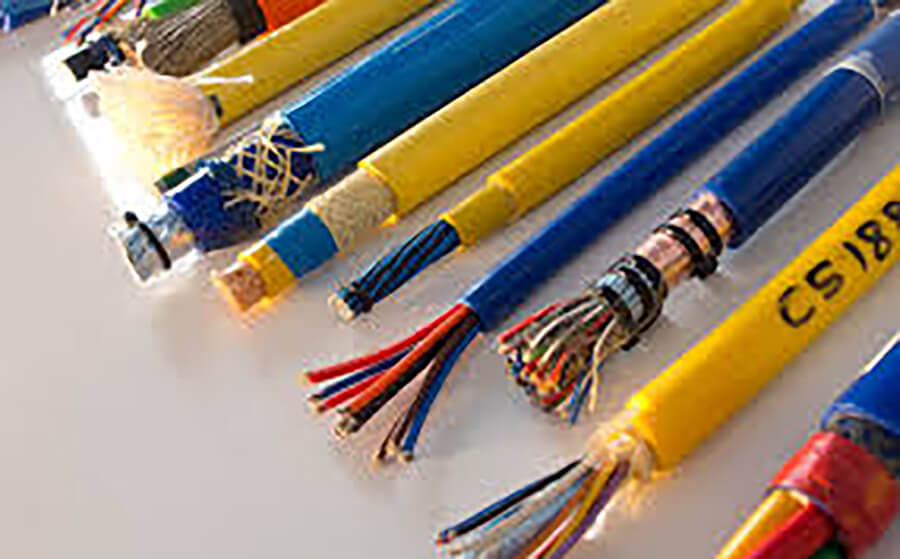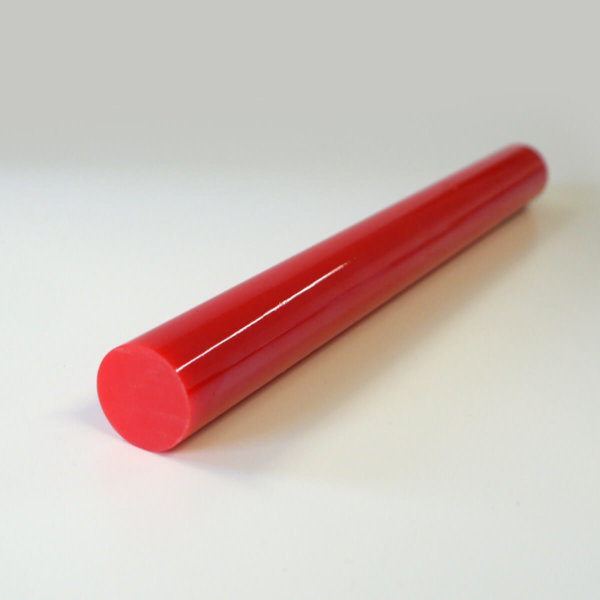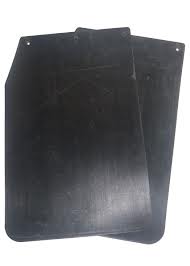Polyurethane is now an integral part of everyday life, yet many of its applications go unnoticed. In fact, dare we say it is underappreciated!
Since it was first formulated in 1937 (and then used commercially in 1954) there has been a growing awareness of how incredibly versatile it is. By varying its mixture and moulding, it is possible to create polyurethane with a diverse range of shore hardness and elasticity.
Its durability and strength have also underpinned the popularity of its use. Not least as components and parts crafted from polyurethane last and perform unfailingly. Which greatly reduces the need to replace them as often, even when they are utilised in processes and machinery that are heavy-duty or situated in areas of extreme temperatures. You can even bombard polyurethane moulded items with oil, chemicals and water, and they hold their integrity and function brilliantly.
Polyurethane expertly mixed and moulded can also stand up to abrasion and indentation like a champ! It even comes in a multitude of colours. It can be drilled, cut, injected and shaped as thick or thin as you need it to be. Even after all this, polyurethane still offers high heat resistance, excellent thermal insulation and reliable dimensional stability.
Where can you see moulded polyurethane parts and components in everyday action? You don’t need to look further than your own home.
Polyurethane in construction
The average UK homes will generally have polyurethane elements in its basic structure.
That’s thanks to its ability to maintain uniform temperature – insulating and shielding – and manage noise. Many home builders use various forms, from rigid polyurethane to polyisocyanurate foam. These substrates take advantage of the way polyurethane can seal and insulate around key areas such as windows and doors. It’s often used in flooring too.
One of the reasons it is increasingly used in building construction is that polyurethane bonds so well with other materials. Polyurethane adhesives and sealants work well with concrete, wood, plastic, and glass, due to their elasticity and structural strength.
Medical uses of polyurethane
On a more micro level, you can find innovative applications for polyurethane in your bathroom cabinet, or wherever else you keep medical products. It could even feature in a medical implant you’re using.
Simply revisit the benefits of polyurethane listed above and you can see why it would be considered a clinically effective option. From wound dressings to medical tubing, polyurethane can stand up to a great deal, with unfailing integrity.
Polyurethane elements of furniture and furnishings
Small moulded parts within household furniture and polyurethane foam are used in a myriad of ways within the home décor manufacturing trades.
This base material’s reliability and durability can be important for producing quality items when a higher density is often specified. Polyurethane’s elasticity can make it valuable for cushioning purposes within everything from chairs, to underlay.
By varying the firmness of polyurethane elements, you could go from a soft baby mattress to a firm window cushion, then onwards to a strong and hard roller in moveable furniture.
Appliance science
This is another important role that polyurethane plays. It is likely to be a crucial component in one or more of your household’s major appliances.
This could be in the form of moulded parts for white goods. The fact polyurethane is so resistant to temperature, friction, pressure and extensive use make it ideal to shape into parts for fridges and freezers for example.
Remember, it’s also a great insulator, making it ideal as a rigid foam in appliances too. It’s cellular features also mean that polyurethane is resistant to heat transfer.
Clothing and polyurethane
This may seem more of a ‘stretch’ but polyurethane’s elasticity values mean that it finds its way into your wardrobe and drawers too! Particularly if you own sportswear.
It’s possible to mould polyurethane into fine threads, and mix it with other materials, to optimise on its flexibility and strength. Which is why it features in some lightweight and stretchable clothing, such as anything incorporating spandex fibres. It may also appear in apparel as a discrete coating or thermodynamic element.
You can also find polyurethane elements in footwear (especially sports shoes) and watch straps! This stuff is everywhere!
To explore how polyurethane can improve the structure, durability and application of any component or part, give us a call.
Want to find out how much it will cost to make your products?




